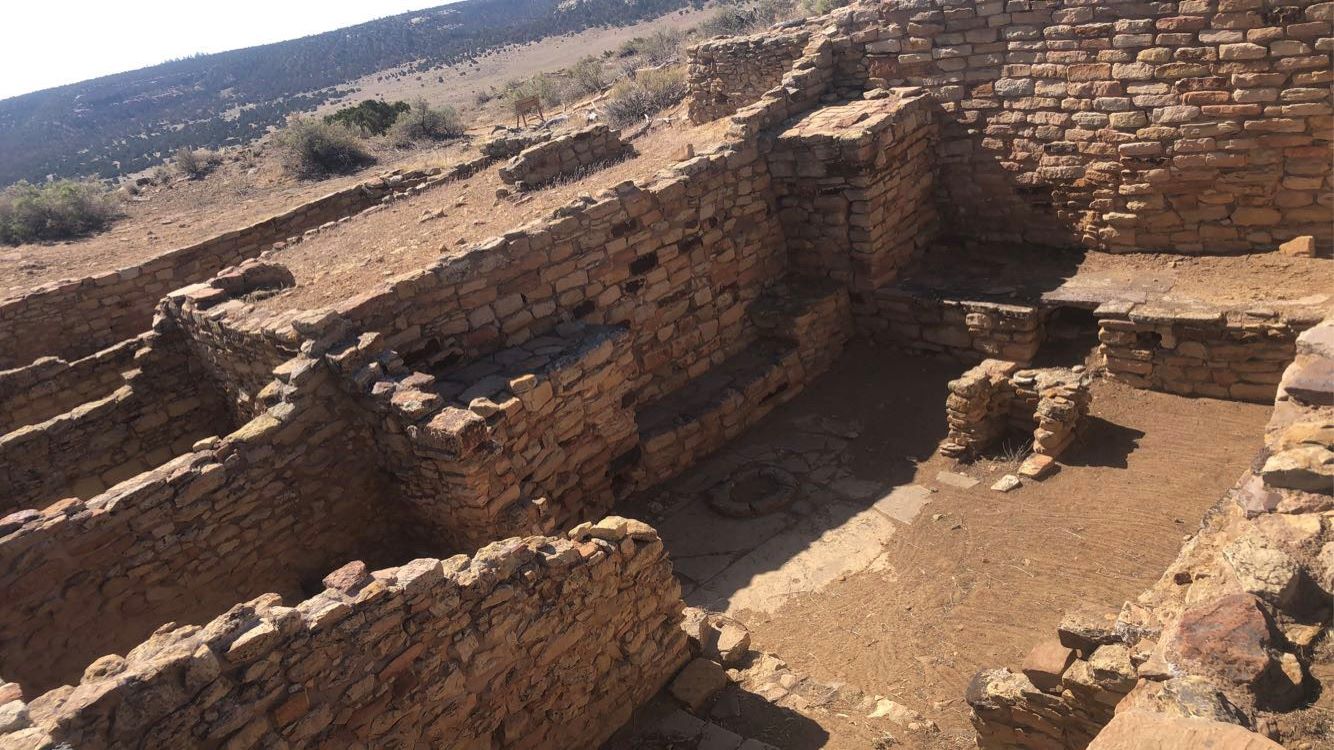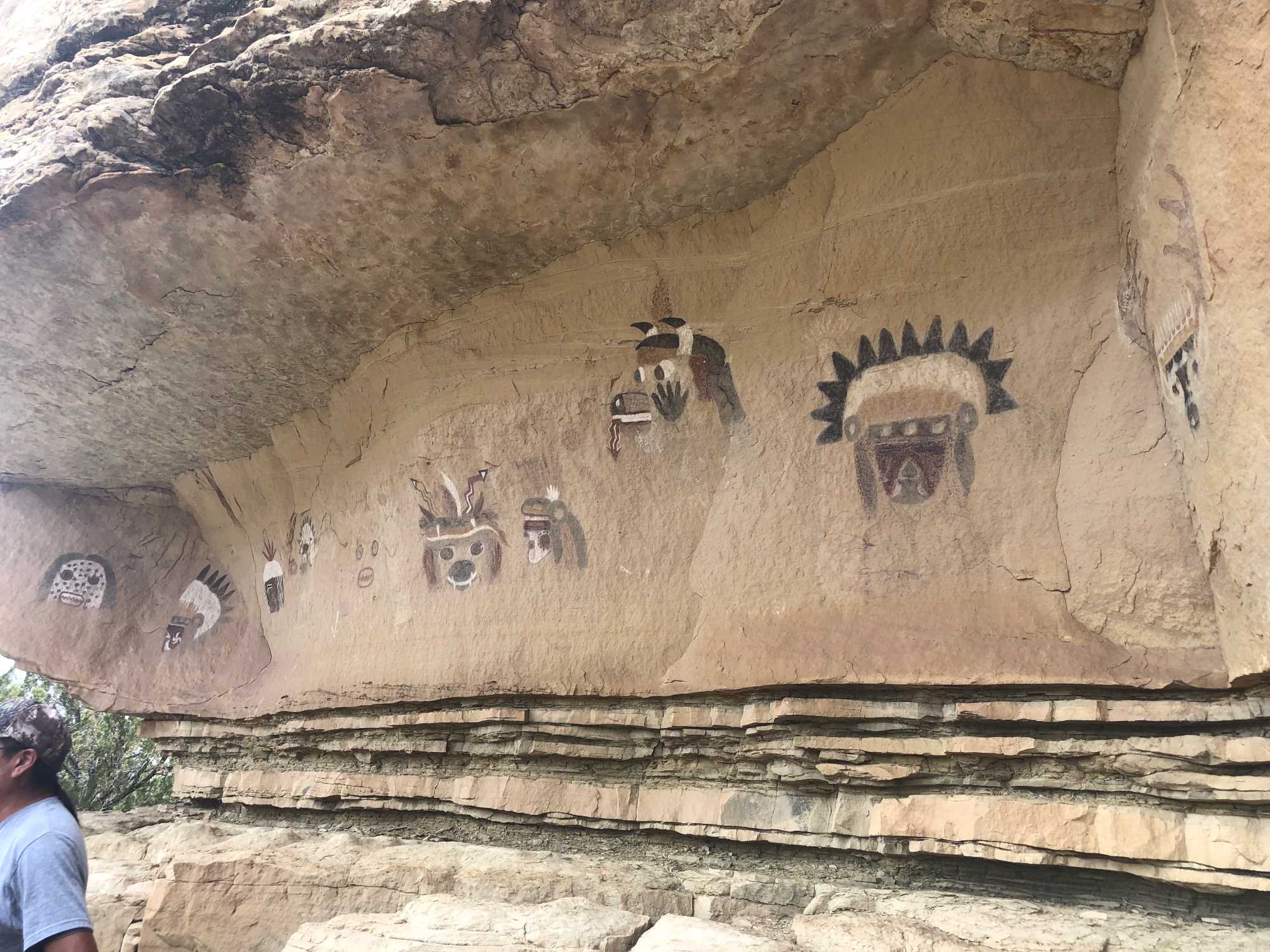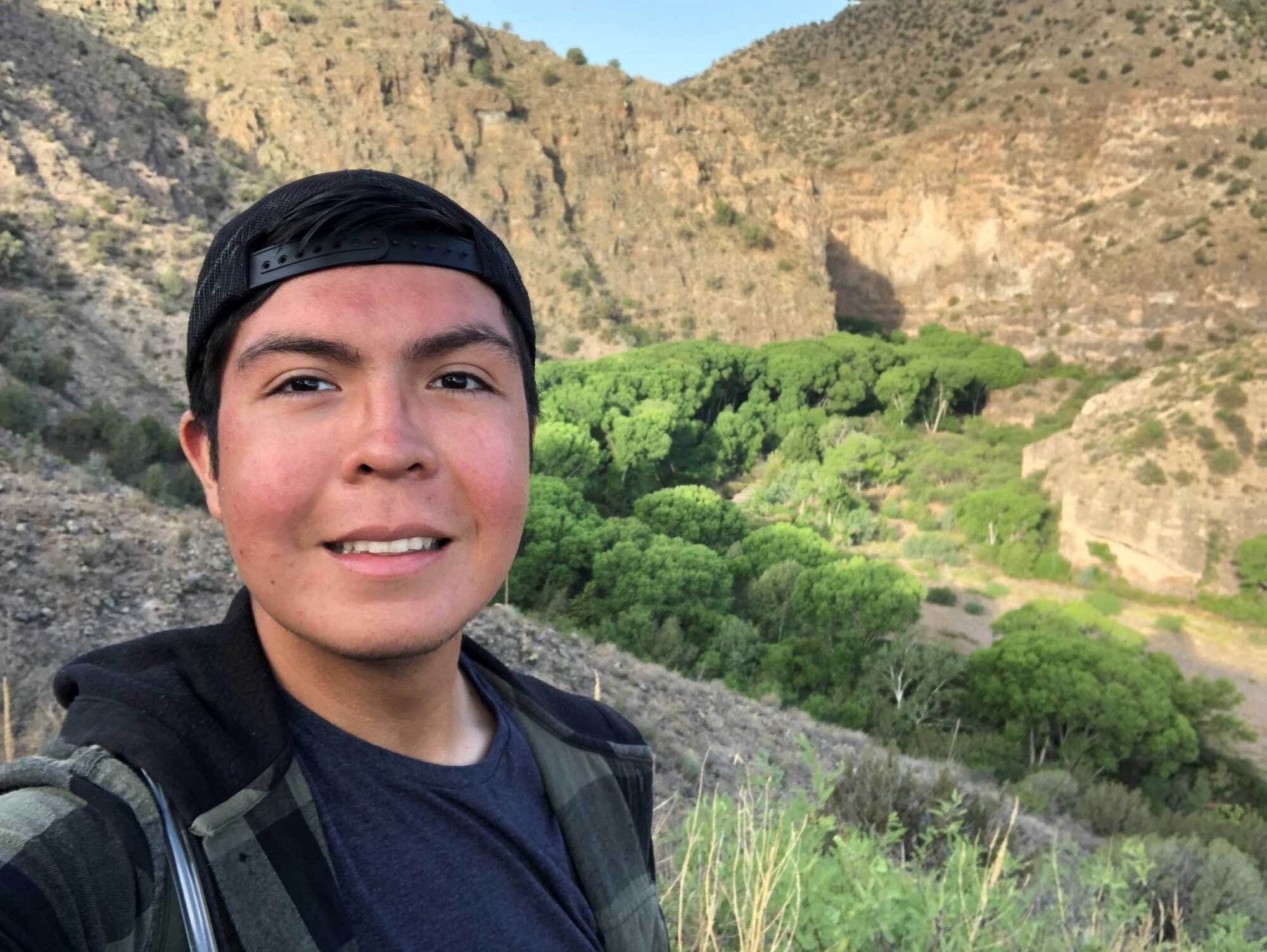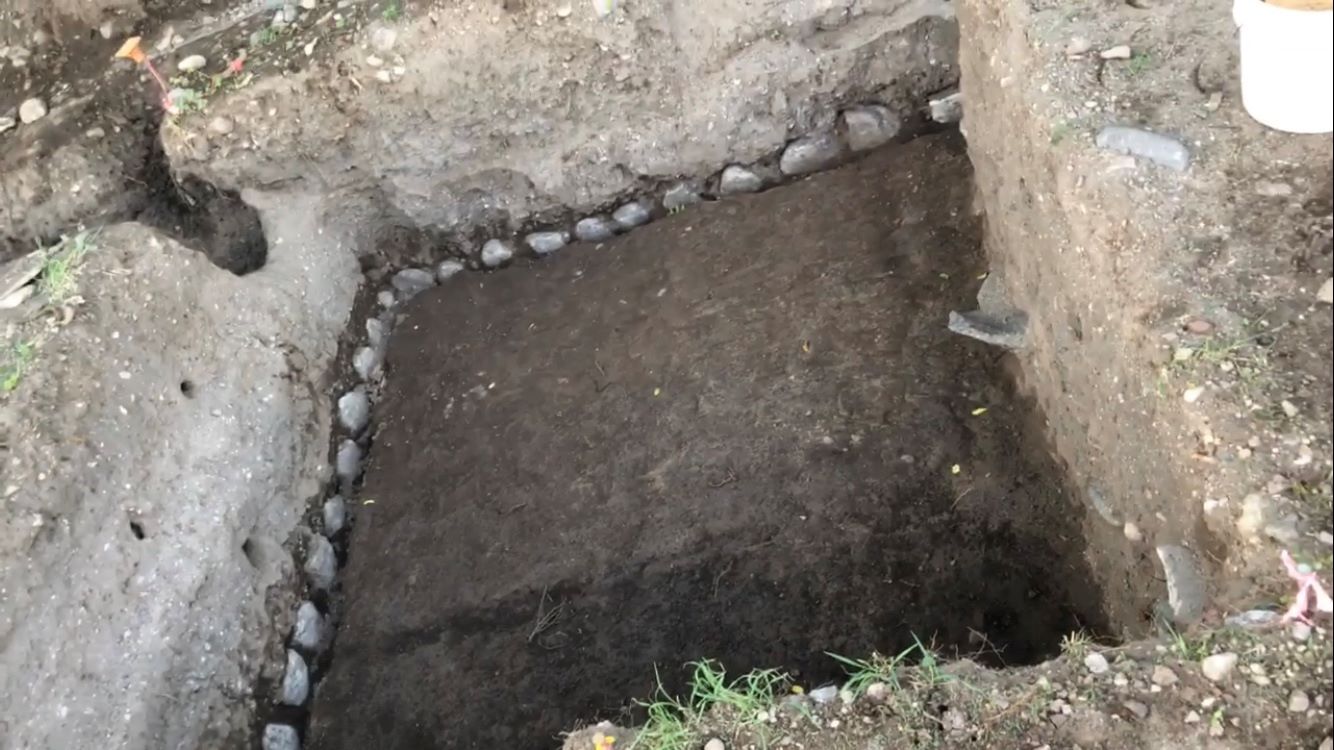- Home
- >
- Preservation Archaeology Blog
- >
- Decolonizing Archaeology: An Indigenous Perspectiv...

(July 1, 2022)—Yá’át’ééh and warm greetings from all of us here at the Gila River Farm site. As we move through the final week and begin wrapping up the field school, one cannot help but reminisce about all the amazing moments we’ve shared with one another. The knowledge we’ve gained these past 5½ weeks becomes engraved within our minds and helps shape our future as we continue on in the world of archaeology. The multiple field trips to historic sites, labs identifying ceramics and lithics, and lectures on the cultural communities have allowed us to address one of the many goals of the future of archaeology—how we can decolonize it.

Before attending this field school, I was curious about how we could decolonize archaeology, and how we could better represent and preserve local Indigenous cultures. Being Indigenous myself (Diné, Mexica, Ndee, and Tuscarora), this was the driving question that led me to pursue archaeology. Upon beginning the field school, I was exposed to one of the many ways current archaeologists aim to address this, and that was through visiting local Indigenous communities to better understand oral histories and cultural representations. On May 25, we visited Himdag Ki: Tohono O’odham Cultural Center to learn about their cultural collections and history. This interaction becomes significant, for it allows us to experience firsthand just how important one’s culture and history are to their community.

We further continued our journey of understanding cultural heritage by visiting sacred places. On June 11, our team visited the Zuni Reservation and met with Kenny Bowekaty, who gave us an oral history of Zuni culture and showed us the Village of Great Kivas. My favorite aspect was learning how animals such as owls, toads, and bears were sacred to many Indigenous people, and that even today many animals are considered sacred to descendant communities and should continue to be respected. On June 13, our team visited Chaco Canyon with Paul Reed, who explained the significance of Chaco and explained the importance of the structures to the people who once inhabited them.
I was also able to visit cultural places through our experimental archaeology exercises with Allen Denoyer and our surveying exercises with Ben Pelletier. These experiences helped me better understand that these places, which some would only consider a site, are truly much more. These cultural places are living stories that continue to tell us the importance of community, beliefs, and heritage that are practiced and protected by descendant communities today.

Finally, we continue to work toward decolonizing archaeology through interacting with the public and educating them about our experiences. As we’ve been able to understand cultural heritage through collaborating with local Indigenous communities and through learning about their past cultures, we’ve then been able to help the public better learn about the sites we excavate, as many have never known about the cultures around Gila River Farm, or instead learn a new side of the culture due to misinformation they were given in the past. On June 25, we held the Archaeology Fair at our excavation site. We met the public and got to explain our units to them and the importance the site held overall, further allowing the public to better understand how fundamental understanding the Gila River Farm site itself is to the community’s vast history.

As we begin to backfill our sites, write our final reports, and prepare to close up for the summer, it’s important to move forward with a new sense of perspective. We can look at the amazing wonders archaeology can provide us, but at the same time look at areas of issues that still need to be addressed into the future. The more we involve local Indigenous communities in archaeology, especially when it’s their culture being studied, the more we will progress together, and only then will we continue to decolonize archaeology.
Ahéhee’